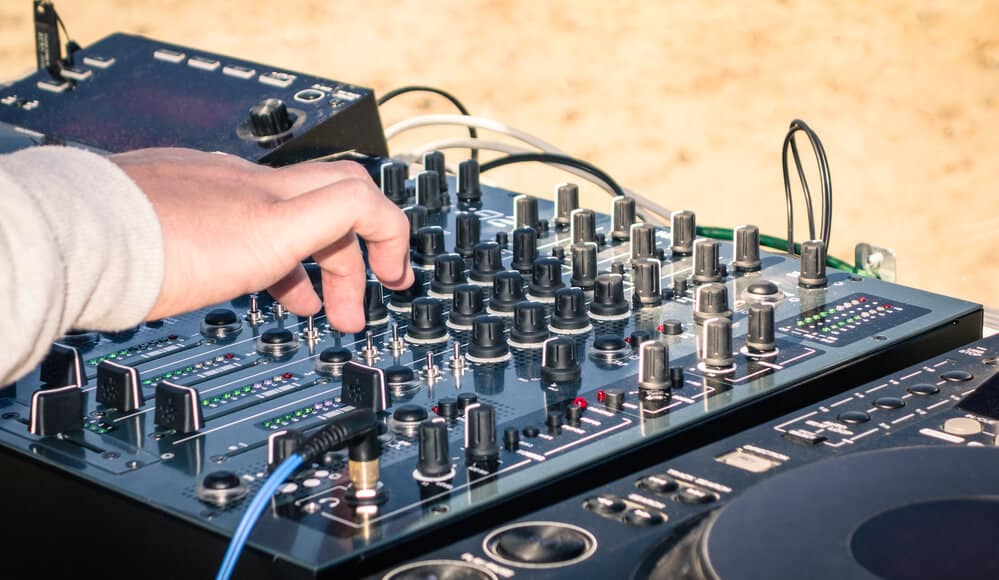


The two primary engineers are the Front of House (FOH) engineer and the Monitor Engineer. For larger and more complex sound systems, more engineers and technicians can be required. Digital control systems can be used for to implement indicated adjustments. Digital measurement systems such as Smaart, Spectrafoo and Meyer SIM combined with test microphones in the audience area can be used to help the operator monitor the output of multiple loudspeaker zones. A trend in large scale theatrical productions is to minimize or eliminate the amount of sound equipment in the audience area so as to retain more seats for the audience. On the other end of the spectrum are musical or dramatic productions which can have many dozens of individual sources and dozens of sub-mixes out to dozens of speaker systems to deliver the proper mix to each of the performers.Ī live sound engineer can mix the sound from the audience position, from a specialized control room, from the stage, or a remote truck, depending on the performance requirements. The musicians balance their ensemble sound by ear, and move toward the mic to emphasize solos. An example of this is the old style bluegrass group using only one microphone. Some performers prefer to have the interactions of live musicians translated to the audience directly. Having the sound mixed or manipulated in real time is required as things are happening live and need constant minor adjustment. 3 Set up, tear down, and technical rehearsalsĪ mixing board, a number of speakers (passive or active), power amplifiers, a number of audio processing devices, and the cabling, rigging, and power system to connect all of these components is usually what makes up a complete Sound Reinforcement System.2.3 Additional Considerations for Large Shows.

An additional requirement is to run the signals with standardized connectors and wiring. Widely differing levels can be accommodated in modern sound reinforcement systems. If the mixing is to occur at a distance from the stage, it is customary for the individual signals to be balanced, low impedance in order to have noise immunity and retain their frequency spectrum. This part of the sound system generally comprises a number of microphones on the stage, to pick up acoustic sounds, and/or a wide variety of other electronic signals. The source of sounds for a live mix can be electronic musical instruments, acoustic instruments, playback of pre-recorded sounds and music, voices, other sounds ambience, and/or sound effects. In addition, the stage mix can overcome the level of the house sound which can be confusing to listen to on the stage. Also, the proper monitor mix can minimize time delays on large stages to help synchronize the performance. The stage or monitor mix is necessary to enable performers to hear themselves and any other parts of the performance as needed. The primary goal is to cover the audience area and stage with a sufficiently amplified signal. Whenever sound reinforcement is needed for a live performance of either music, theater, spoken word, or sporting events, a specialized sound system is required. Three types are: Front of House (FOH), which is primarily for the audience monitor, which is exclusively for the performer(s) and recording or broadcast (cue), for special purposes. There can be a variety of different mixes required, depending on the performance requirements. Live sound mixing is the art of combining and processing a number of audio signals together to create a "mix" that the audience or performers at a live show hear. Whether you’re mixing live sound for a concert, festival, tour, club, house of worship, theater, or corporate or broadcast event, VENUE systems can be tailored to fit your needs.A monitor engineer and console at an outdoor event


 0 kommentar(er)
0 kommentar(er)
